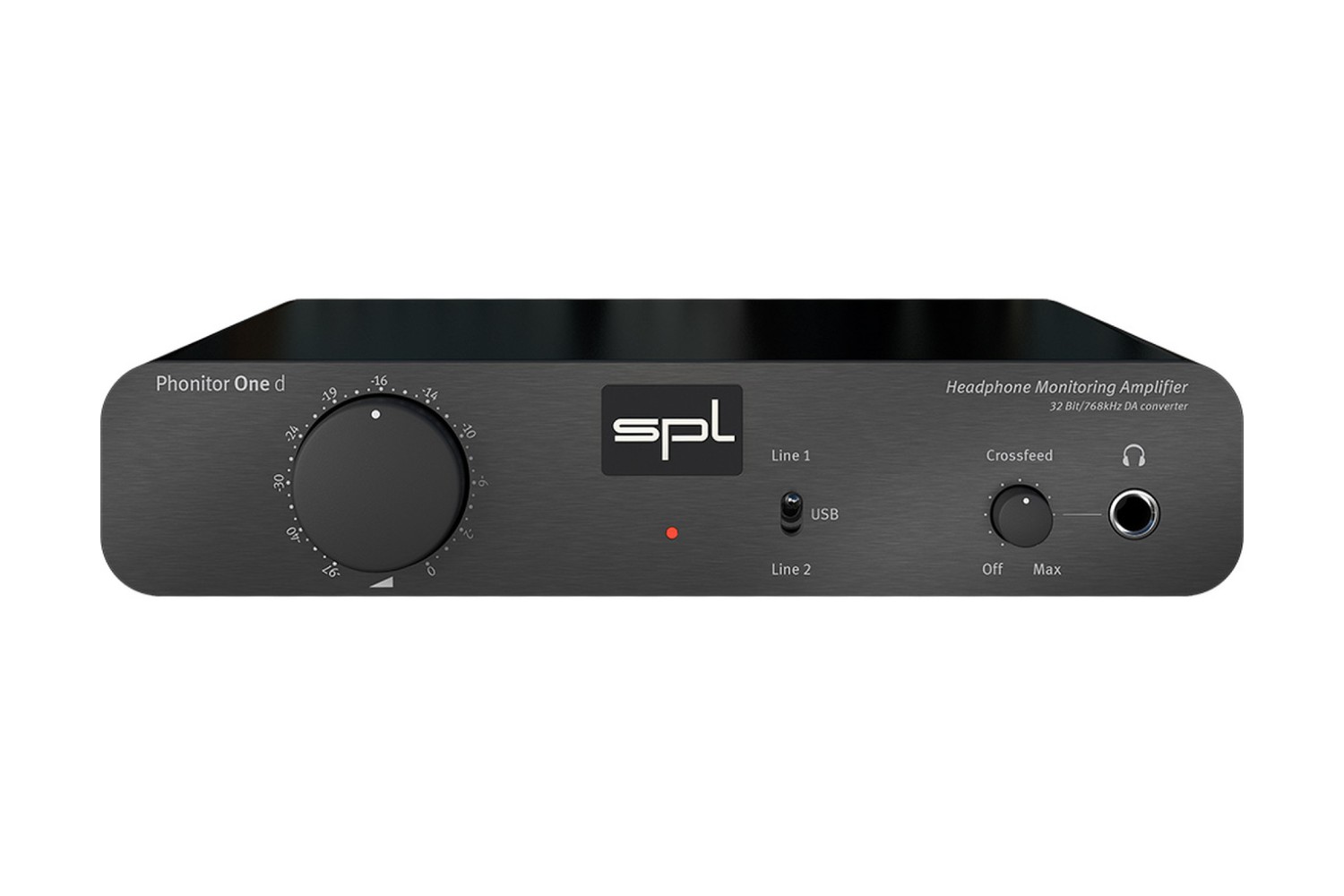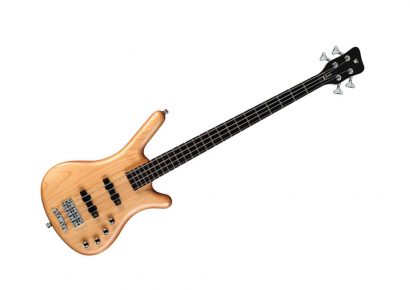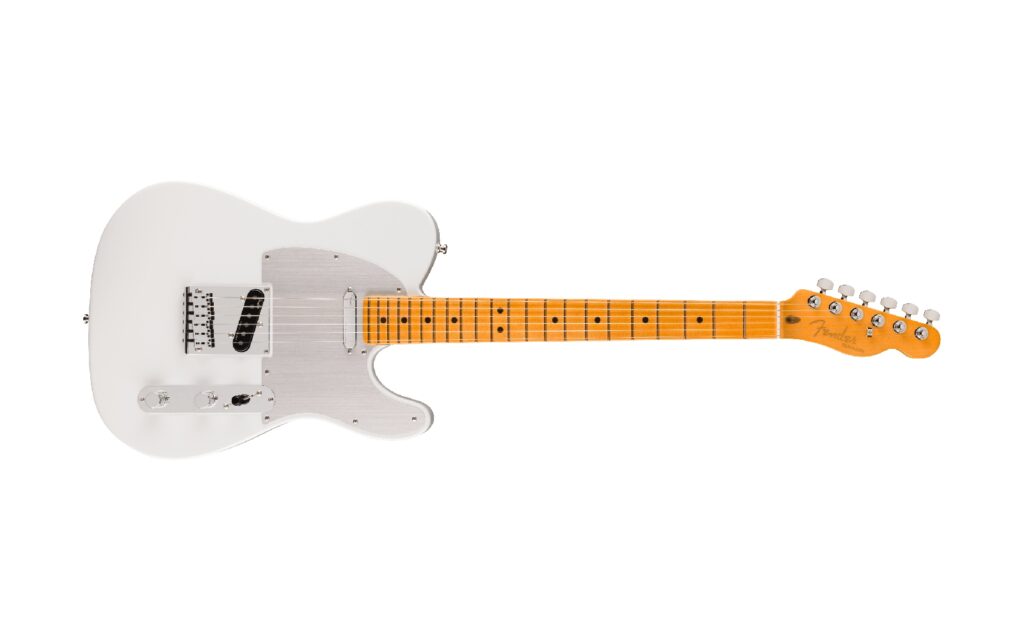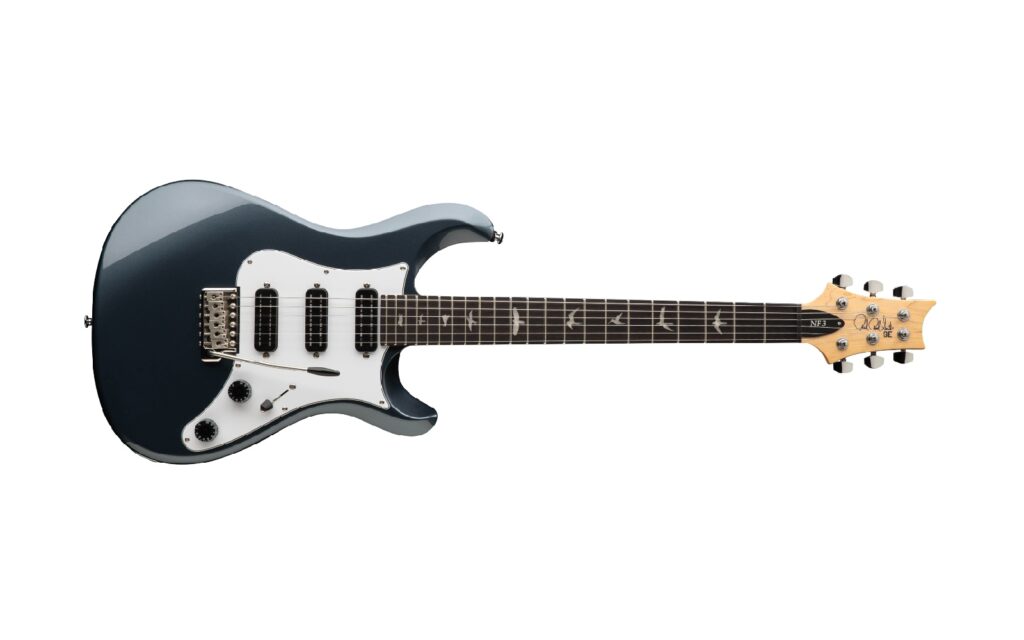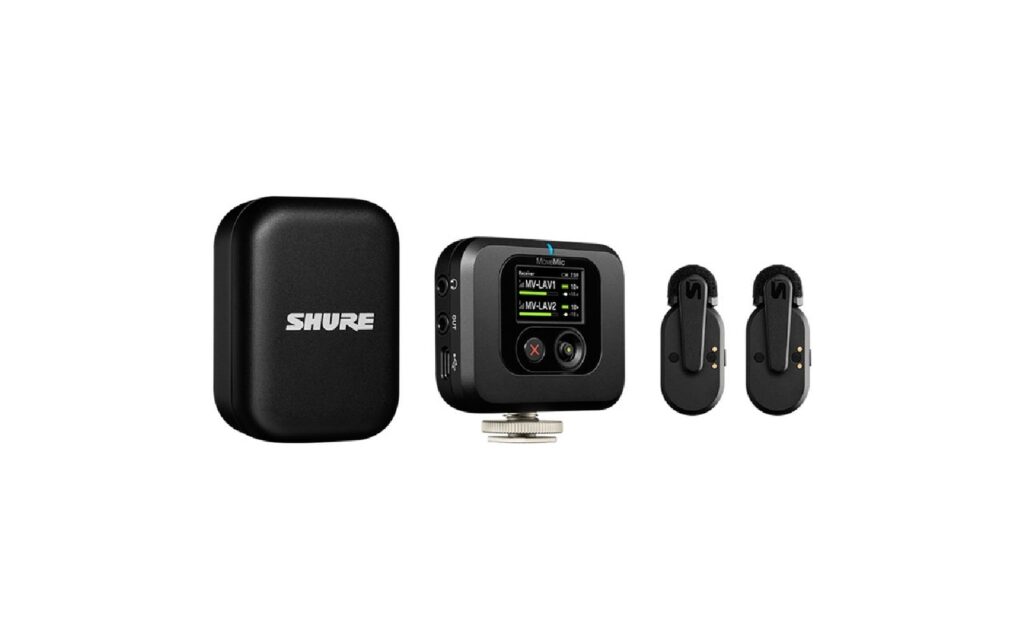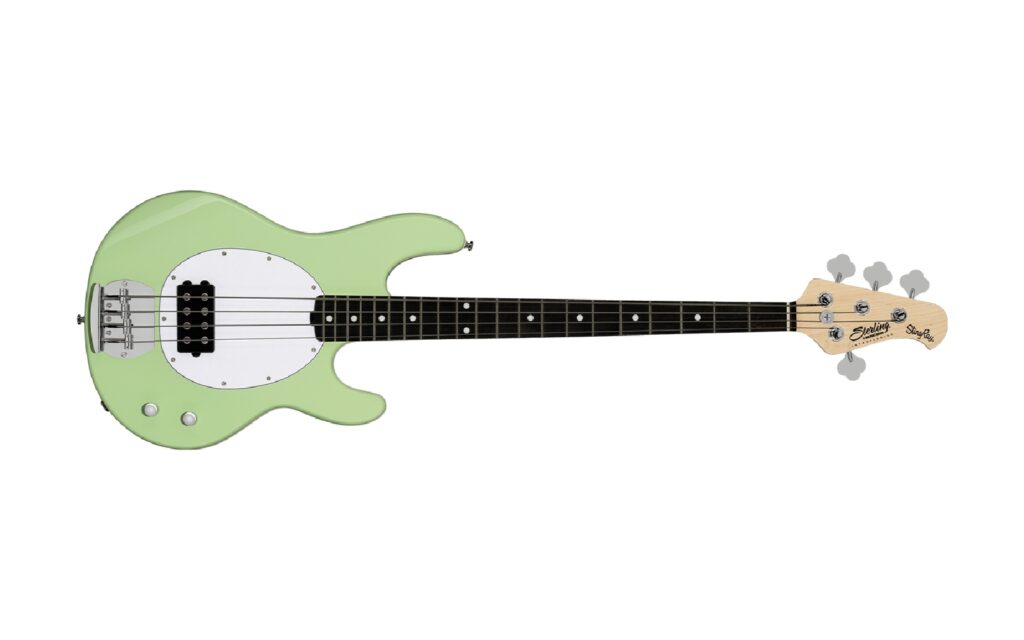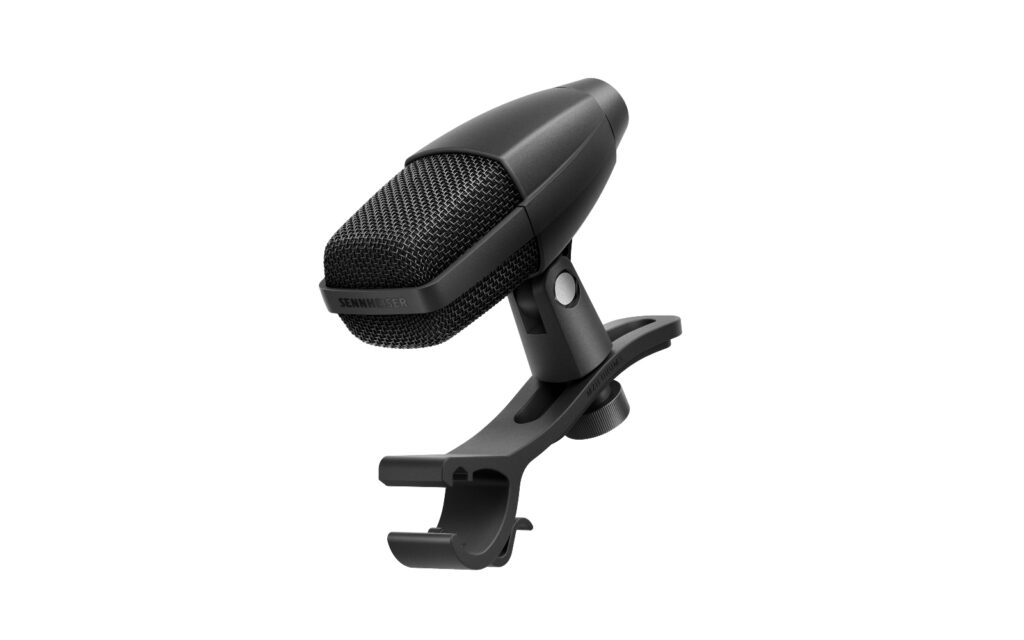Link Audio | RRP: A$1,099.99
SPL is a company that prides itself on producing products of professional quality for accessible prices. They’re not always the flashiest or most boisterous products aesthetically, but real professionals know quality when they see, or more importantly, hear it. The SPL Phonitor One D is one such product, alongside SPL’s Transient Designer or PQ Stereo Mastering EQ, that just works.
It’s a 3-in, 2-out headphone amplifier that offers USB connectivity, as well as RCA coupled with 1⁄4” inputs to make it a super versatile piece of kit. It could easily find itself at home in a professional studio or equally comfortable in an audiophile’s carefully assembled listening rig. What sets the Phonitor One D a part from the rest is its Crossfeed control, a revolutionary addition that can help sounds translate onto speakers better once headphones are removed. But what’s all this if we’re not even sure why we need a headphone amplifier?
Catch up on all the latest music gear reviews here.
Headphone amps are a largely misunderstood step in the signal chain. They are units that are admittedly often relegated to more focused listening environments (i.e. not while a drummer, bassist and synth player are bashing away trying to hear each other and begging for “more me” in their cue mixes). Where proper headphone amplifiers really shine is in their ability to take a signal, clean it up, and amplify it without introducing too much noise.
In the Phonitor One D’s case, the noise floor is super low and the unit boasts a negligible 0.00008% distortion in the signal. Signal coming out of your record player or digital to analogue convertor/audio interface can only be so good when the units primary function is to convert 1s and 0s back into sound waves, so the extra step in your chain can make a world of difference, allowing you to hear new highs and sweep away the mud for crystal clear dynamics.
The Phonitor does this by using two Burr-Brown OPA 2134 SoundPlus operational amplifiers to take the signal it’s receiving and amplify it. This is followed by a true FET op-amp stage, allowing for faster transients than most headphone signals you’d usually hear.
The speed of the FET stage instantly affects the attack articulation of sounds, as well as exaggerates the lack thereof when the source material has a long transient. This headphone amp serves extremely well for tuning in dynamics range effects as it allows compressor and limiter ‘pumping’ to become obvious at much more subtle settings. The Phonitor One D is an inconspicuous unit that really cleans up signal before sending it on elsewhere. What’s more, it can be connected via USB for completely lossless digital connectivity.
The SPL Phonitor One D is designed to seamlessly integrate into a variety of set-ups. It features stereo 1⁄4” inputs as well as RCA ins and a USB input that can be toggled between via a three-way switch on the front of the unit. Two transistors share the load of the amplification circuit, offering a cleaner signal compared to Class A amplifiers, because of the shared load. A hefty volume control dictates the output volume and headphones are connected via a balanced TRS jack on the front of the unit beside the Crossfeed control, so you can easily access this handy feature from the front panel.
The Crossfeed control is where the SPL Phonitor One D really shines, offering a revolutionary feature that allows the user to emulate the way speakers and monitors bleed into each other as the sound waves travel to the listener. Headphones, especially an over-the-ear design, isolate the sound via playing it directly into the listener’s ears. With speakers, it’s inevitable that a little sound from the left speaker will bleed, or crossfeed, into the right side of the stereo image and vice versa. The Crossfeed feature allows the listener to check a less isolated signal without the (sometimes extreme) isolating effect of headphones and earbuds.
All in all, a headphone amplifier is a great edition to just about any listener’s set-up, and if you’re looking for one after reading this, the SPL Phonitor One D is absolutely a stellar choice. It features some unbelievable specs for such an affordable unit, and very high quality components to keep the signal as clean as possible to maximise the listening experience.
The Crossfeed feature makes great use of a seemingly simple phenomenon, allowing mixers to check their work with confidence and more detailed accuracy. The SPL Phonitor One D can be integrated easily via 1⁄4”, RCA and USB, as well as 1⁄4” outputs for a ‘through’ function, allowing you to tap the signal before it continues to monitors. SPL create tools for the working professional, and the specs, design and function of their products speak volumes of that sentiment, albeit Class A/B, FET op-amp’d volumes.
Check out the SPL Phonitor One D here.
